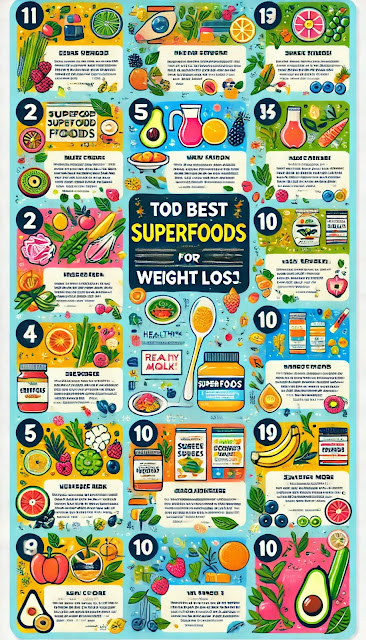How to Prevent Seasonal Cold and Flu: Best Foods, Medicines, and Lifestyle Tips
How to Prevent Seasonal Cold and Flu: Best Foods, Medicines, and Lifestyle Tips
It was the first chilly morning of autumn. Ali, a young office worker, stepped out of his house wearing just a light shirt. The cool breeze felt refreshing at first, but by afternoon his throat was itchy, his nose runny, and sneezing had taken over his day. His story is not unique. Every year, as seasons change, millions of people experience similar symptoms—some from viral flu infections, others from dust or pollen allergies that mimic a cold. But here’s the good news: colds and seasonal flu can often be prevented—or at least reduced—through the right food, lifestyle, and timely remedies. Let’s explore what science says about keeping these seasonal invaders away.
Why Do People Catch Cold During Season Changes?
Best Foods to Prevent Flu and Cold Naturally
1. Vitamin C Foods for Cold Prevention
- Oranges, lemons, grapefruit
- Guava (4x more Vitamin C than oranges)
- Red bell peppers
2. Zinc-Rich Foods for Immunity
👉 The Journal of Family Practice (2012) reported that zinc lozenges reduce cold symptoms by 33%..
3. Best Spices for Seasonal Flu Relief
📌 Try “Golden Milk (Turmeric Milk)” at night for flu prevention.
4. Probiotics – The Gut-Immune Connection
👉 Over 70% of the immune system is linked to the gut. A British Journal of Nutrition (2015) study found that people who consumed probiotics had fewer respiratory infections.
5. Honey & Herbal Teas – Ancient Remedies, Modern Science
Honey has antibacterial properties, soothing sore throats and reducing cough. Chamomile and green tea provide antioxidants and mild relaxation, helping the body recover faster.
Dust Allergy vs. Cold: Knowing the Difference
Ali’s friend Sana sneezes every morning in spring, but unlike Ali, she doesn’t get fever or body aches. That’s because she suffers from dust and pollen allergy, not flu.
Lifestyle Habits That Protect You
Ali eventually realized that it wasn’t just food, but habits that saved him from repeated flu episodes.
1. Washing Hands Frequently – A CDC guideline shows that 80% of infections spread by hands. Soap and water for 20 seconds is more effective than sanitizer alone.
2. Wearing a Mask in Dusty Weather – Simple surgical or cloth masks reduce allergen and virus exposure.
3. Proper Sleep – Lack of sleep lowers immune response. A Sleep (2015) study found those sleeping less than 6 hours were 4 times more likely to catch a cold.
4. Staying Hydrated – Drinking warm water or herbal teas keeps mucous membranes moist, preventing viral entry.
5. Moderate Exercise – Walking, yoga, or light jogging strengthens immunity but over-exercising can temporarily weaken it.
Medicines and Remedies: What Works Best
Ali once rushed to the pharmacy at the first sneeze, grabbing antibiotics. But here’s what doctors say:
- Antibiotics do not work for viral colds or flu. They only help with bacterial infections. Overuse leads to resistance.
- Paracetamol (acetaminophen): Relieves fever and body aches.
- Decongestants (pseudoephedrine, oxymetazoline nasal spray): Reduce nasal congestion but should not be overused (3–5 days max).
- Zinc lozenges and Vitamin C supplements: Shorten the duration of colds if taken early.
- Steam inhalation with eucalyptus or menthol: Clears nasal passages naturally.
WHO and CDC both emphasize rest, hydration, and symptomatic relief as the most effective approach.
A Short Story of Recovery
A week later, Ali followed his grandmother’s advice:
- Morning started with lemon water and soaked almonds.
- Lunch included yogurt and fresh vegetables.
- Evening brought turmeric milk, honey tea, and a short walk.
- He avoided unnecessary antibiotics, used steam inhalation, and took a zinc supplement.
The result? His recovery was faster, and he didn’t miss work. Even better, when the next seasonal shift came, Ali stayed strong while many colleagues caught the flu.
Final Thoughts
The story of Ali teaches us that prevention is better than cure. Seasonal colds and flu can be avoided with:
- 🥗 Foods: Vitamin C fruits, zinc, probiotics, honey, turmeric
- 🧘 Lifestyle: Hygiene, sleep, hydration, moderate exercise
- 💊 Medicines: Paracetamol, antihistamines, steam inhalation when needed
- Vertical towers: Multiple plants in one spot, great for balconies
By combining these strategies, you can stay healthy and strong even when the seasons change.
SeasonalFlu | ColdPrevention | HealthTips
صحت_مند_زندگی | قوت_مدافعت | موسمی_نزلہ






Comments
Post a Comment
"We love hearing from you! Please keep comments respectful and on-topic. 😊"